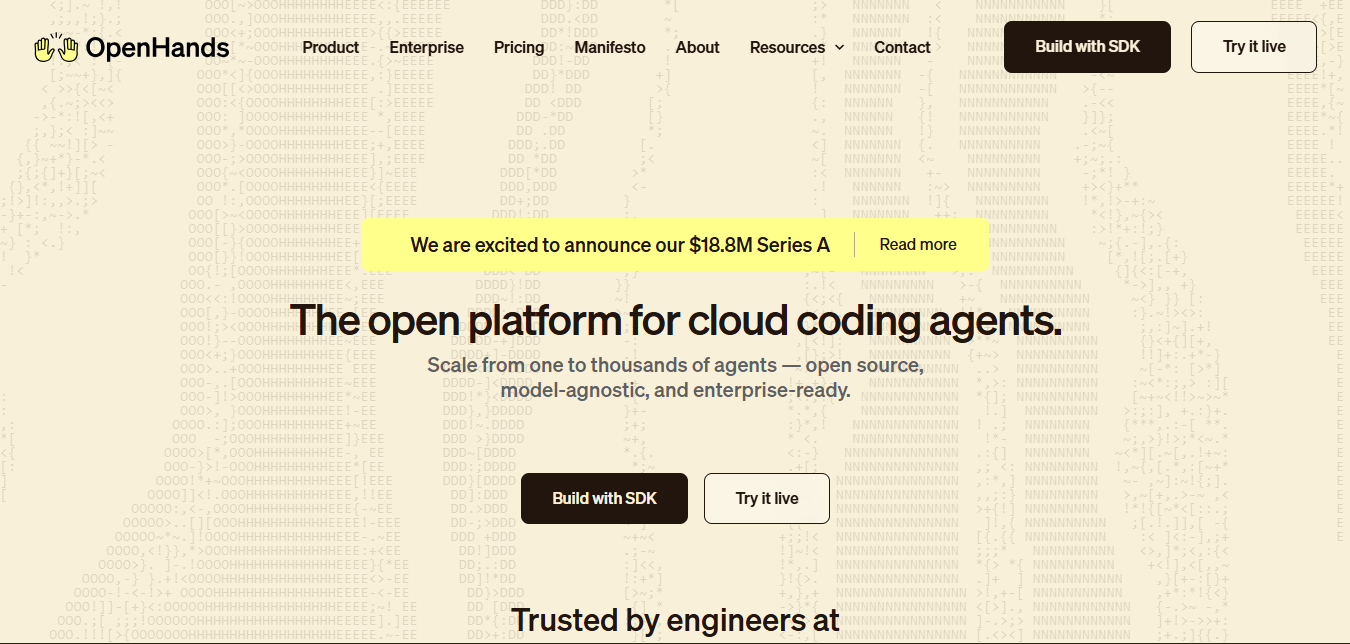BinSentry Raises $50M Series C to Bring AI Precision to Feed Bin Management
August 15, 2025
byFenoms Start-Up Research
BinSentry, co-founded and led by CEO Ben Allen, has closed a $50 million Series C funding round led by Lead Edge Capital. This investment arrives at a pivotal moment in agtech, as automation and data-driven decision-making become essential across global supply chains. The funding will fuel BinSentry’s ambitious global expansion and accelerate product innovation in AI-powered feed inventory management.
Revolutionizing Feed Logistics with AI Accuracy
Agriculture’s feed supply chain faces notable inefficiencies - waste, outages, inaccurate budgeting, and safety risks from manual bin checks. BinSentry addresses these challenges using solar-powered, self-cleaning sensors providing 99% accurate, real-time feed-level data. The system integrates with a mobile dashboard, enabling feed mills and livestock producers to forecast demand, minimize waste, optimize routes, and reduce labor-intensive procedures.
Context: Why This Round Is a Milestone
- High-Stakes ROI: BinSentry monitors over 40,000 bins across North America and Brazil, including operations at Cargill, Wayne-Sanderson Farms, and Hanor. The company reports 100% year-over-year growth and 0% customer churn - remarkable growth metrics in a challenging agtech sector.
- Global Scaling and Partnerships: The company’s Cargill partnership in Brazil underscores its global strategy. With Lead Edge’s support, BinSentry can scale its tech stack and expand distribution footprints.
- Category Shaping: Lead Edge Capital recognized that BinSentry solves a critical but underserved pain point - feed logistics - given the agriculture industry’s move toward automation and precision.
Turning Hardware Into Infrastructure That Sticks
Most sustainably successful startups build infrastructure that customers depend on, not just use. BinSentry positions itself not as an app, but as a mission-critical utility, woven into daily operations. Imagine replacing your manual bin checks - climbing ladders, estimating levels, juggling deliveries - with a reliable, automated feed-level signal that triggers smarter supply decisions and saves days of labor every month. That’s more than efficiency - it’s lock-in through operational irreversibility. The true competitive moat here isn’t the sensor; it’s the process automation and peace of mind that comes with guaranteed visibility.
And here’s the part many founders overlook: BinSentry’s success isn’t just about solving a problem - it’s about embedding into the cost structure of its customers’ operations. Once a solution becomes part of a company’s budgeting baseline (like feed costs, electricity, or insurance), it’s no longer seen as a discretionary spend. That’s when price sensitivity drops, retention skyrockets, and upsells become frictionless. If you’re building a product today, ask yourself - how do I make my solution not a “tool” but a “line item” in the operating budget that customers can’t function without? This is how startups turn into enduring category leaders.
How It Works: Technology That Drives ROI
- ProSense Feed and ProSense HD: These 3D optical sensors deliver precision feed-level readings using AI and machine vision. They mount easily on existing bins and require no power infrastructure.
- Safety First: By eliminating the need to climb bins, BinSentry enhances workplace safety - an often-overlooked benefit in ROI calculations.
- Dashboard-Driven Efficiency: The accompanying software creates actionable visibility - alerts for low feed, automated ordering, budget monitoring, and feeding plans tailored per species or barn.
Together, these features yield faster ROI - BinSentry cites up to 7x ROI per customer - while organizations benefit from reduced feed waste, fewer emergency runs, and optimized distribution.
What Comes Next for BinSentry
With Series C capital unlocked, BinSentry plans to:
- Expand globally beyond North America and Brazil
- Accelerate R&D on next-gen sensors and smarter software features
- Deepen institutional partnerships with major feed producers and agri-enterprises
- Scale asset monitoring - currently tracking over 40,000 bins and adding ~1,500 monthly
These strategies align with a broader agtech trend: automating feed logistics for improved efficiency, animal welfare, and reduced environmental impact.
Why This Funding Round Matters
BinSentry’s raise signals a maturation of agtech investment - away from experimental trials toward scalable, high-margined solutions with real business impact. Their combination of hardware resilience and software intelligence is answering agriculture’s pressing questions: How do we forecast accurately? Reduce waste? Move from reactive logistics to proactive supply chain decisions?
This isn’t just another funding story. It’s a demonstration that companies automating the often-overlooked mechanics of agriculture can deliver not only efficiency gains but also industry-defining influence - proving that true market power comes from becoming the invisible infrastructure others can’t operate without.









